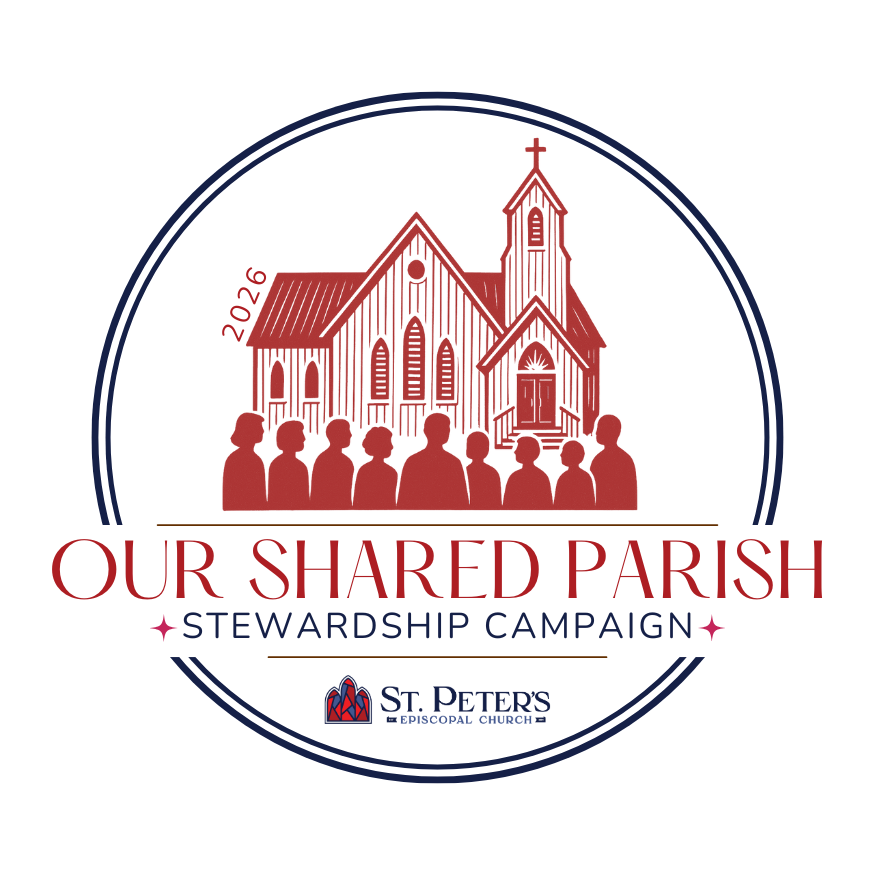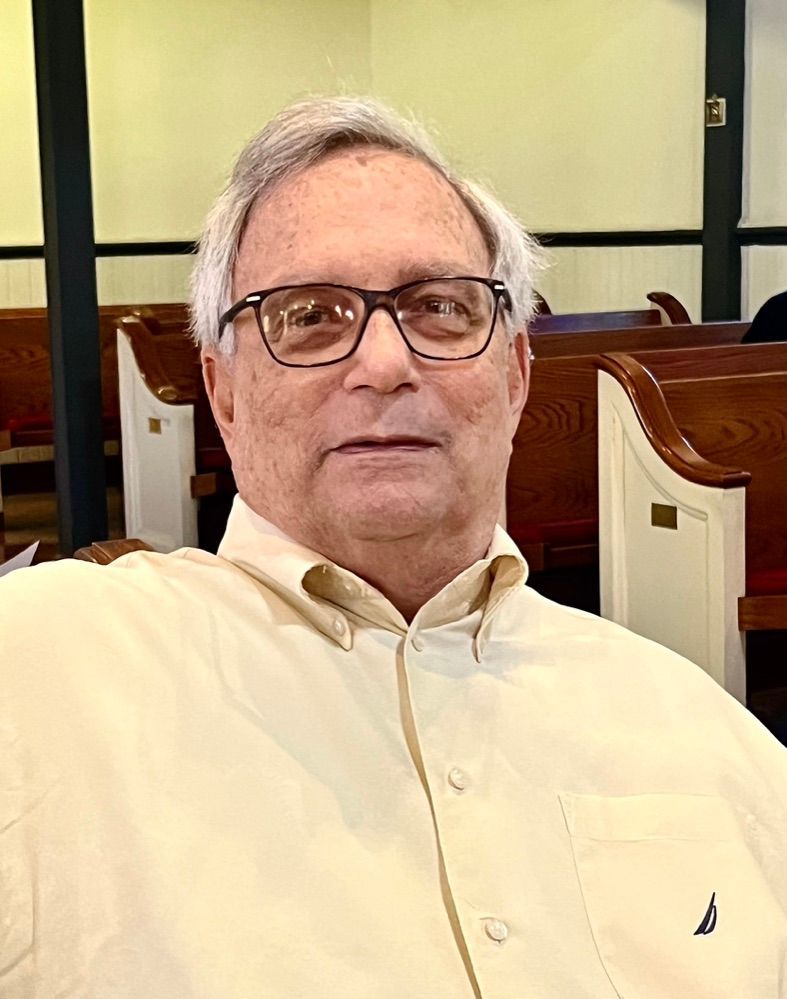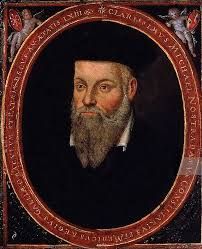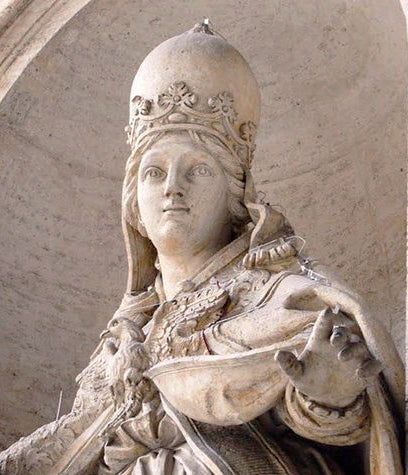A Second Prayer Book
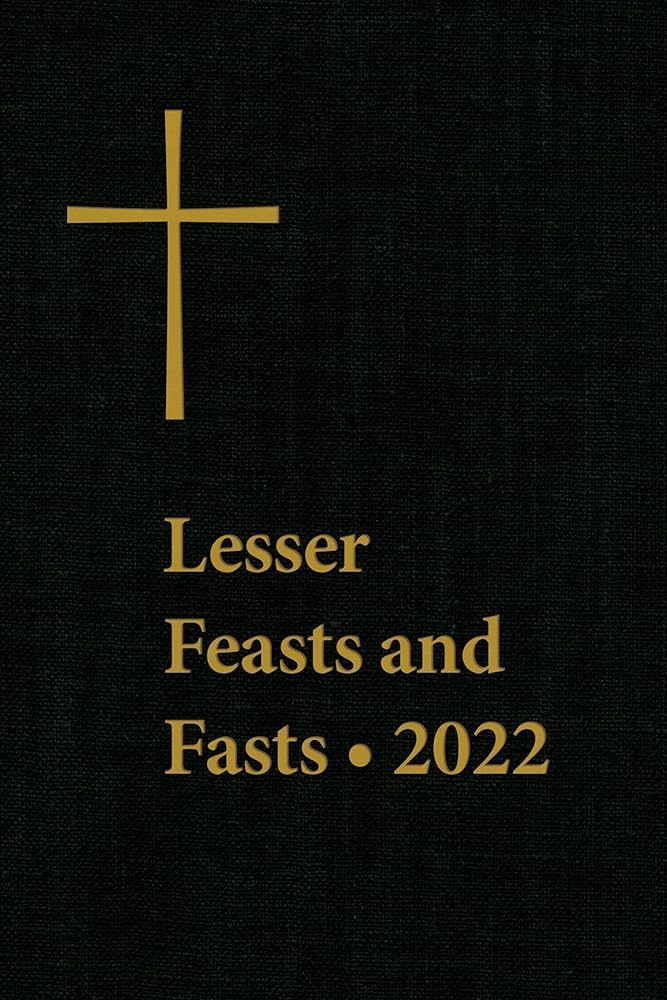
A SECOND PRAYER BOOK?
The Rev. John Santosuosso
Anyone who has been an Episcopalian for more than about ten minutes is aware we are "People of the Book." Ever since the year 1549, when Archbishop of Canterbury Thomas Cranmer authored the first Book of Common Prayer, worship in Anglican churches has been guided and directed by this famous volume. I tend to grind my teeth when I hear it, but the Book of Common Prayer is so closely associated with Anglican worship that I have even heard it referred to as the "Episcopal Bible."
However, there is another book, not nearly as well known, that has also strongly influenced one church in the Anglican Communion, namely our American Episcopal Church. That influence has been great enough that I think it might be unofficially called a "Second Prayer Book." The correct name for it is Lesser Feasts and Fasts, and the latest edition is 2022.
In the front of the Book of Common Prayer is the calendar for the Church Year. This lists all the days we commemorate throughout the year. It of course includes the major feasts or holy days such as Christmas, Easter, and All Saints Day. Virtually every Episcopal Church in the United States observes these. In 1964 the General Convention of the Church began to do something different. It began to add optional days of commemoration for those who had made great contributions and sacrifices for Christianity in general and Anglicanism in particular. Some of these persons lived centuries ago. Others were more recent, but all could be considered saints. Churches were free to commemorate these persons (and events), but were not obligated to do so. Thus Lesser Feasts and Fasts was born. Every three years the calendar is officially revised. New Names can be added, and in rare instances can be dropped. Periodically a new edition of Lesser Feasts and Fasts is published with these changes. The book lists propers and Scriptures readings that are appropriate for each observance.
What may be of particular interest to the laity of the church is that for each person or event included in the book, Lesser Feasts and Fasts includes a brief historical sketch. In recent years there has been an effort to include more women and persons from non-Western nations, without excluding those who have appeared in earlier editions. Reading a copy of Lesser Feasts and Fasts is an easy, painless way to get a first-class education in church history. It can be eye-opening to learn of great heroes and heroines that were previously unknown to us, and there are no exams!
Ironically there is one feast day widely observed in the Episcopal Church that you will not find included in Lesser Feasts and Fasts, and the reason for that is that its observance has never been officially added to the church calendar. This is the feast of Christ the King, which commemorates the reign of Jesus over all creation. Its earliest observance was in the Roman Catholic Church in 1925. Gradually other churches, including Episcopal and Lutheran, more or less unofficially borrowed it and celebrate it on the last Sunday before the Season of Advent. While not in the calendar, the propers and readings for the day are in keeping with the theme.
Hardback copies of Lesser Feasts and Fasts 2022 can be obtained directly from the Church Publishing Corporation or from sellers on Amazon. A new copy will set you back about forty-five dollars, probably more than most would be willing to pay. The good news is you can go to the Internet and download a complete copy of the book absolutely free.
Should you be tempted to do this, you will have taken a major step toward a fascinating exploration of Anglican history. Happy reading.
Here’s the link:

